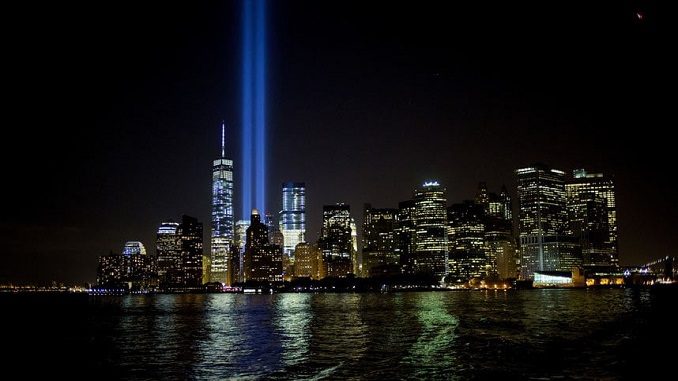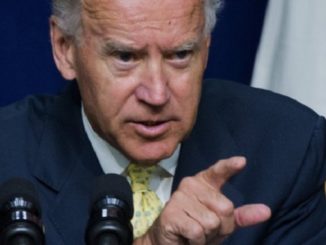
While the U.S. faces the destruction caused by two dangerous hurricanes in three weeks, Americans also are marking the anniversary of one of the nation’s most scarring days, The Associated Press/The New York Times reports.
Thousands of 9/11 victims’ relatives, survivors, rescuers and others are expected to gather Monday at the World Trade Center to remember the deadliest terror attack on American soil.
Sixteen years later, the quiet rhythms of commemoration have become customs: a recitation of all the names of the dead, moments of silence and tolling bells, and two powerful light beams that shine through the night, The New York Times adds.
Nearly 3,000 people died when hijacked planes slammed into the trade center, the Pentagon and a field near Shanksville, Pennsylvania, on September 11, 2001, hurling America into a new consciousness of the threat of global terrorism.
President Donald Trump, is scheduled to observe a moment of silence at about the time the first airplane hit, and he will also participate in a 9/11 observance at the Pentagon. Defense Secretary James Mattis and General Joseph Dunford, chairman of the Joint Chiefs of Staff, are hosting a private observance for victims’ relatives there at 9:11 a.m. Monday.
Vice President Mike Pence and U.S. Secretary of the Interior Ryan Zinke are scheduled to deliver remarks at the Flight 93 National Memorial near Shanksville, where one of the airliners crashed after passengers and crew fought to wrest control away from the terrorists who’d hijacked it and were heading for Washington.
Meanwhile, rebuilding and reimagining continues at ground zero, as the third of four planned office towers is set to open next year; so is a Greek Orthodox church, next to the trade center site, that was crushed by the South Tower’s collapse. Work toward a $250 million performing arts center continues after a design was unveiled last fall.
Most recently, plans were announced this spring to transform a grassy clearing on the memorial plaza into a walkway and area dedicated to 9/11 rescue and recovery workers, including those who died of illnesses years after being exposed to smoke, dust and ash at ground zero, The New York Times adds.




Be the first to comment